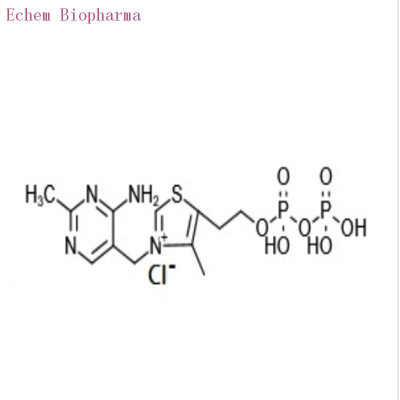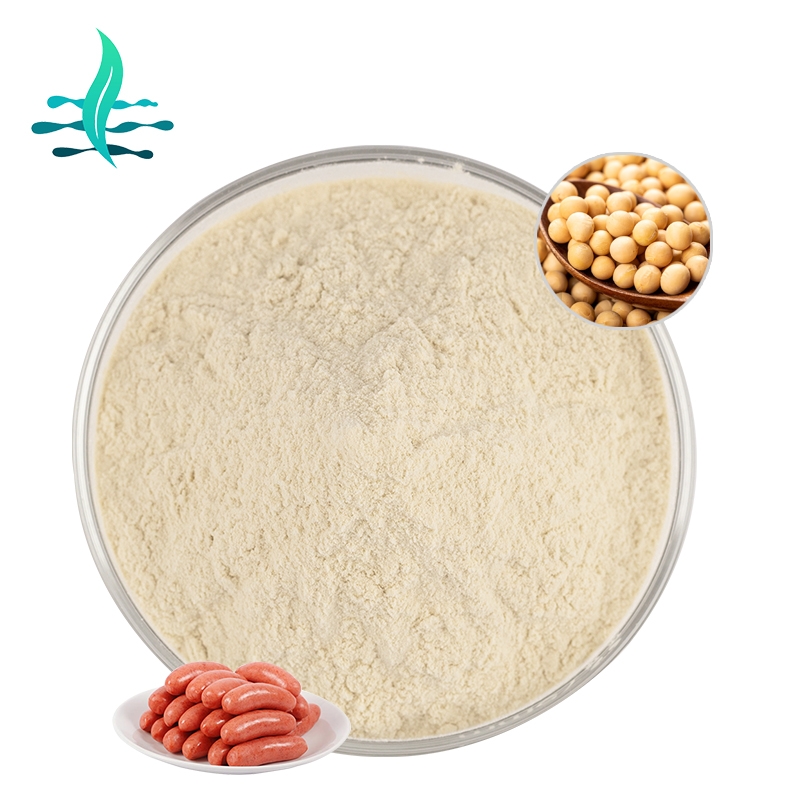-
Categories
-
Pharmaceutical Intermediates
-
Active Pharmaceutical Ingredients
-
Food Additives
- Industrial Coatings
- Agrochemicals
- Dyes and Pigments
- Surfactant
- Flavors and Fragrances
- Chemical Reagents
- Catalyst and Auxiliary
- Natural Products
- Inorganic Chemistry
-
Organic Chemistry
-
Biochemical Engineering
- Analytical Chemistry
- Cosmetic Ingredient
-
Pharmaceutical Intermediates
Promotion
ECHEMI Mall
Wholesale
Weekly Price
Exhibition
News
-
Trade Service
| How Tobacco Mosaic Virus Asymptomatically Infected Plants Appear |
Different responses of tobacco after tobacco mosaic virus infection.
Photo courtesy of Huazhong Agricultural University
Photo courtesy of Huazhong Agricultural University
Recently, the team of Professor Kuang Hanhui of Huazhong Agricultural University published a new research paper online in "Plant Physiology", revealing the genetic and molecular mechanism of the host's resistance to the tobacco mosaic virus (TMV) to produce an asymptomatic phenotype, which is an important economic crop of tobacco mosaic.
Virus resistance breeding provides a theoretical basis
.
One or a class of pathogens can only infect or infect some individuals, and most other individuals are not infected by the pathogen
.
Among individuals who can be infected by a certain type of pathogen, due to individual differences and other reasons, different individuals will have different symptoms after being infected by the pathogen
Different microorganisms that infect a host can be beneficial, harmful, or have no obvious effect on the host
.
On the other hand, the same pathogen has different effects on different host genotypes
The study found that the tobacco variety TI203 showed an asymptomatic phenotype after being infected by tobacco mosaic virus
.
This asymptomatic phenotype is due to the low amount of tobacco mosaic virus accumulated in the host
The study found that these two genes are located on the two subchromosomes of the tobacco genome, and are homologous to the TOM2A gene reported in Arabidopsis, encoding a four-span membrane protein, and are located on the vacuole membrane
.
These two genes have lost their original functions due to frameshift mutations and cannot interact with the membrane protein TOM1 necessary for tobacco mosaic virus replication, which ultimately affects the ability of tobacco mosaic virus to replicate in tobacco, resulting in The host produces asymptomatic phenotype
Through the analysis of 52 species in the plant kingdom, the gene is found in green algae, mosses, ferns and all higher plants, including the host and non-host of tobacco mosaic virus
.
But it does not exist in older species (such as red algae and gray algae) and outside the plant kingdom
Finally, the research team used CRISPR/Cas9 technology to knock out the gene in tobacco and tomato respectively.
The resulting mutant plants obtained obvious resistance to TMV and ToMV (Tomato Mosaic Virus) in both T0 and T6 generations, indicating that they are different from conventional ones.
Dominant disease resistance genes (most of them are NBS-LRR disease resistance genes) are different, and the virus resistance mediated by tom2a is relatively stable and lasting
.
It is worth noting that the research team also found that the TOM2A CRISPR/Cas9 mutant in tomato has a slight defective stalk development phenotype, indicating that TOM2A has an important biological function in maintaining the normal growth and development of plants
.
In summary, this study revealed that spontaneous loss-of-function mutations in two conserved genes in the host confer an asymptomatic phenotype in tobacco
.
Knockout of this gene can breed Solanaceae crops with long-lasting resistance to tobacco mosaic virus, which provides a theoretical basis for formulating new crop disease prevention and control strategies
Related paper information: https://doi.
https://doi.
org/10.
1093/plphys/kiab448







